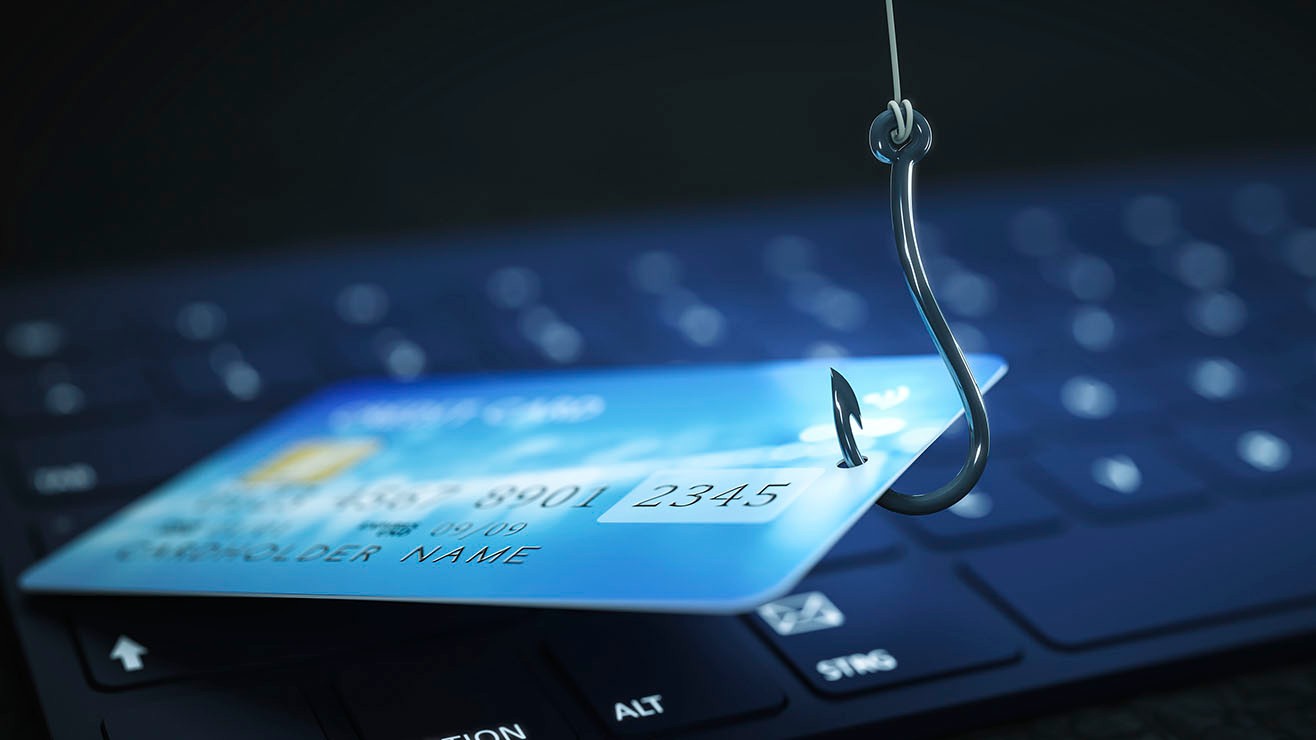Think you’ve been targeted?
If you think you’ve been the victim of a scam, please contact us as soon as you can.

Learn about the different types of scam
Scammers get more sophisticated every day, so it’s important to be alert. We’ve put together some examples of the most common scams, to help keep you protected.
Scammers do everything they can to appear legitimate. Learning about the different types of scam can help you to protect yourself when you get a phone call, or an official-looking letter, email, or text message. We'll help you question any correspondence you receive, so you don't fall for a scam.
If you think you’ve been the victim of a scam, please contact us as soon as you can.
If you get an email or text that looks suspicious, please forward it, along with any attachments if possible, to internetsecurity@barclays.com.
Visit our latest scams page to learn about current trends and what to look out for.
These are among the most common tricks currently used by scammers but they constantly come up with new ways to contact you, so be vigilant.
When someone pretends to be the police, a bank, a friend or business, to convince you to send them money.
When you’re invited to invest in things that are worthless, or don’t exist.
When fake or non-existent items are advertised for sale.
When fake companies ask for an upfront fee and then don’t provide the service you’ve paid for.
When account details on an invoice are changed, or emails are intercepted, so the money is wrongly paid into the scammer’s account.
When someone pretends to be interested in a romantic relationship with you. They gain your trust and then ask for money.
A scammer says they can make you money, and convinces you take a lump sum out of your pension – then steals it.
A rogue trader knocks on your door and pretends your house needs work – then overcharges you for it and often doesn't finish the job.
A scammer contacts you after someone has died, and says you owe money to pay off a debt or to access a payout.
You receive an email, text message, or call claiming to be from a well-known company or organisation such as a bank or the police.
Be wary if you transfer money to someone and it bounces back straight away. You might have sent it to an account that’s been closed for fraud. Don’t try to make the payment again, especially if the person gives you new details immediately or asks you to pay in another currency. Instead, speak to a trusted friend or family member or call us.
Always speak to a trusted friend or family member if you're unexpectedly asked for money. Remember – if you feel embarrassed or uncomfortable talking about the situation, it could be a sign that something’s not right. Consider consulting a qualified financial adviser before investing your money.
Read reviews of the sites or companies you’re thinking about dealing with. Don’t rush into making any payments. Check their web address too, to make sure the site is genuine – check there aren’t subtle misspellings in the web address and make sure there’s a padlock symbol shown next to the address in your browser.
When you transfer money, we ask you tell us the reason for your payment so we can help protect you from scams. Scammers often try to trick you into selecting the wrong reason so you see the wrong warnings.
Always take the time to select the right reason for your payment. If someone asks you to select one that doesn’t match what the payment is for, it’s probably a scam. If you think you might have already paid a scammer, please report the scam to us.
Fraudsters use different tricks when they target businesses – learn how to protect your business from fraud.
Authorised push payment (APP) scams happen when a scammer tricks you into sending them money by bank transfer.
From 7 October 2024, we’re changing the way we handle APP scam claims to meet new rules from the Payment Systems Regulator (PSR). If you last paid the scammer before 7 October 2024, we’ll consider your claim under the Contingent Reimbursement Model code.
Scams where you’ve paid by credit or debit card, cash, cheque or international transfer aren’t covered by these rules, but you should still report the scam as we review all claims.
PSR reimbursement policy
If you last paid the scammer on or after 7 October 2024 and your claim is eligible, we might help cover the money you’ve lost. In most cases, we’ll tell you our decision within five working days.
Contingent Reimbursement Model code
This code was created to help protect you from APP scams. If we use it to review your scam claim, then:
In most cases we’ll tell you our decision within 15 working days.

Scammers can fake our phone number
Looking up a phone number won't tell you who's really calling. Here's how to handle calls and messages that make you suspicious.

Learn about the different types of fraud
More and more people are being targeted by fraudsters, so it’s important to be alert. Knowing about the different types of fraud can help you protect yourself and your money.

National awareness campaign
Take Five is led by UK Finance and backed by the Government and other organisations. If you receive a phone call, text or email you think might be fake, it urges you to stop – take five – and challenge what you’re told.

How to report fraud or a scam
Find out what to do if you’re worried about a card payment, how to report fraud and scams and what happens after you tell us, plus get tips on how to help protect yourself.

Explore the ways we can help you start a new relationship with money, whatever your age.









